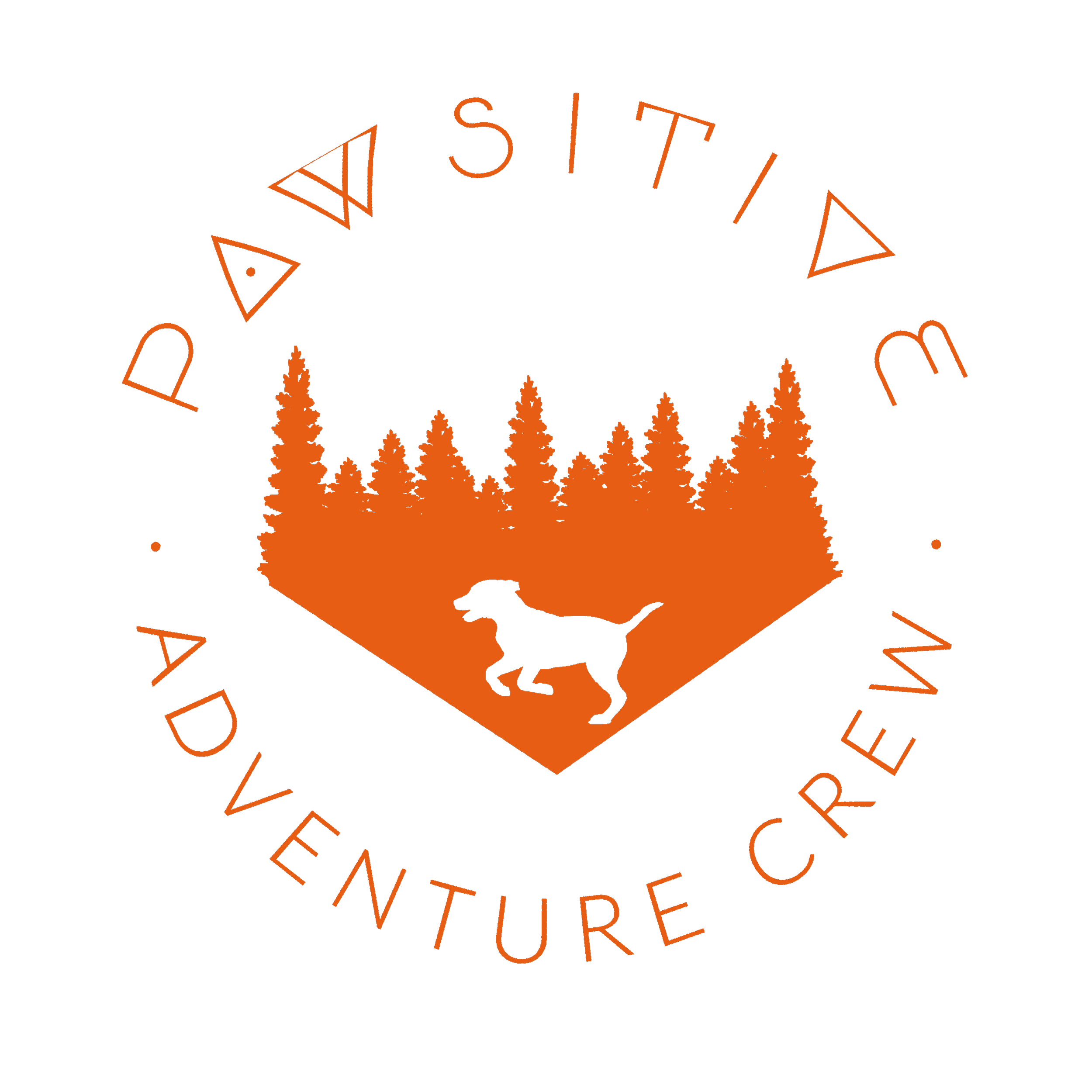Training Your Dog with Kindness: The Art of Positive Reinforcement
Tasha Erickson
5 minutes
Training your dog is an essential part of building a harmonious and cooperative relationship. Rather than relying on fear or punishment, embracing positive reinforcement techniques allows you to teach your furry friend desired behaviors while nurturing a strong bond based on trust and respect.
Positive reinforcement training focuses on rewarding good behavior, making the learning process enjoyable and effective for both you and your dog. In a six part series, we are going to explore the art of positive reinforcement and discover how you can train your dog with kindness and effectiveness.
In this introduction, let’s go over the basics of what you’ll learn.
Understanding Positive Reinforcement
Positive reinforcement involves rewarding your dog's desired behaviors with something they value, such as treats, praise, or toys. This creates a positive association with the behavior and encourages them to repeat it in the future. By focusing on the positive and rewarding successes, you create a learning environment that is motivating and enjoyable.
Choosing the Right Rewards
Identify what motivates your dog—whether it's a favorite treat, a belly rub, or playtime with a beloved toy. Different dogs have different preferences, so tailor your rewards to suit your individual furry friend.
Clear Communication
Positive reinforcement training emphasizes clear communication between you and your dog. Use clear verbal cues or hand signals to indicate the behavior you're seeking. Consistency is key; use the same cues each time to avoid confusion.
Start with Basic Commands
Begin with simple commands like "sit," "stay," and "come." When your dog performs the desired behavior, immediately reward them with praise and a treat. Be patient and keep training sessions short and enjoyable.
Be Patient and Positive
Training takes time, and every dog learns at their own pace. Approach training sessions with patience and a positive attitude. Celebrate small victories and progress.
Timing is Everything
Timing is crucial in positive reinforcement training. Deliver the reward immediately after your dog exhibits the desired behavior. This helps them connect the action with the reward, reinforcing the behavior.
Shape Behavior Gradually
For more complex behaviors, break them down into smaller steps. Reward your dog for each small step toward the desired behavior. As they progress, increase the criteria for earning the reward.
Problem-Solving Challenges
When faced with challenges or unwanted behaviors, focus on redirecting and rewarding alternate behaviors. For example, if your dog jumps on guests, ask them to sit instead and reward the sitting behavior.
Consistency is Key
Consistency is essential in positive reinforcement training. Ensure that everyone in your household uses the same cues and rewards to prevent confusion for your dog.
Avoid Punishment
Positive reinforcement training focuses on rewarding desired behaviors rather than punishing undesirable ones. Punishment can lead to fear and anxiety, hindering the learning process and damaging the bond between you and your dog.
Building a Strong Bond
Positive reinforcement training not only shapes behavior but also strengthens the bond between you and your dog. By working together in a positive and respectful manner, you create a foundation of trust and cooperation.
Conclusion
Positive reinforcement training is a powerful and humane way to teach your dog essential skills and behaviors. Through kindness, clear communication, and rewards, you're fostering a positive learning experience that enriches your relationship and empowers your dog to thrive. Embrace the art of positive reinforcement, and watch as your furry friend becomes a well-behaved and joyful companion who looks forward to every training session with enthusiasm.
Your turn: leave a comment! What is something you used positive reinforcement to train your dog to do?


